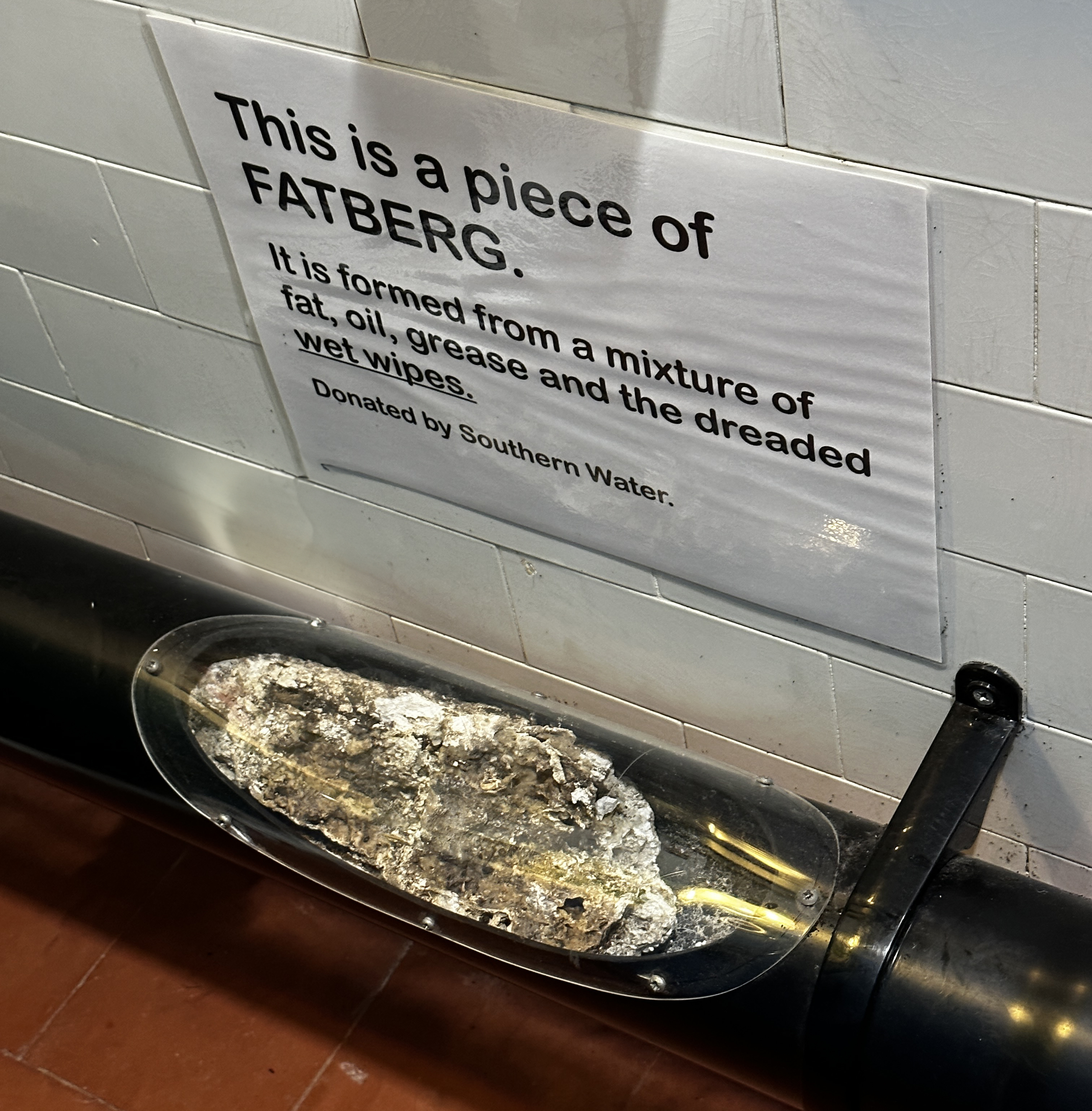
In order to protect our community’s infrastructure and minimise costs for ratepayers, Snowy Monaro Regional Council is urging residents to exercise responsible flushing habits and refrain from flushing wet wipes down their toilets.
Despite packaging labels claiming flushability, wet wipes pose a significant threat to the functionality of our sewage system. Unlike toilet paper, wet wipes do not easily disintegrate, leading to blockages in pipes and pumps. The consequences of this improper disposal extend beyond inconvenience, resulting in costly repairs that burden our community financially.
Key concerns associated with flushing wet wipes include:
- Blocked sewage pipes: Wet wipes accumulate in pipes, causing blockages that disrupt the smooth flow of wastewater. This can result in sewage backups, impacting both residential and commercial properties.
- Overworked pumping stations: Clogging of pumping stations by wet wipes leads to equipment malfunctions and increased energy consumption. This necessitates more frequent maintenance and repairs, further straining our community’s resources.
Snowy Monaro Regional Council is calling on residents, visitors, and businesses to ensure wet wipes are disposed of in the right way – in a rubbish bin – rather than flushing them down toilets.
By adopting responsible flushing habits, we can all play a part in protecting our sewage infrastructure. Put your used wet wipes in the bin to help ensure a sustainable and cost-effective future for our community.
There have been frequent incidents involving the improper flushing of wet wipes across the wastewater network in recent months. These incidents are causing repeated pump and pipe blockages, which require many hours of work to resolve and have required the replacement of a $20,000 piece of pumping equipment.









